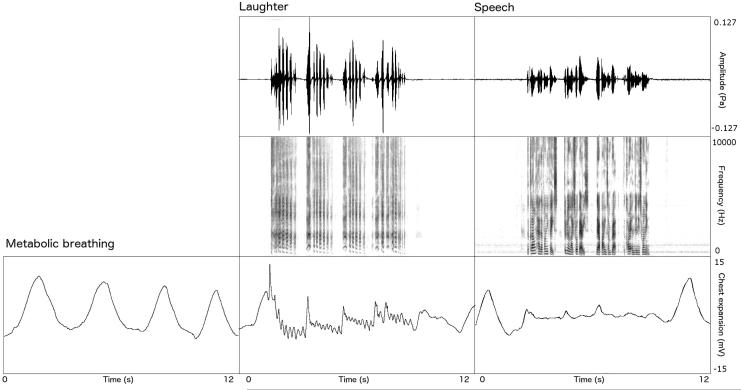Figure 1. Voluntary and involuntary laughter in the brain.
The coordination of human laughter involves periaqueductal gray and the reticular formation with inputs from cortex, the basal ganglia and the hypothalamus [10]. The hypothalamus is more active during reactive laughter than voluntary laughter [11]. Motor and premotor cortices are involved in the inhibition of the brainstem laughter centres, and are more active when suppressing laughter than when producing it [11]. Laughter perception involves premotor cortex and SMA [12], while auditory and mentalizing regions showed differential engagement by involuntary and voluntary laughter [13].

